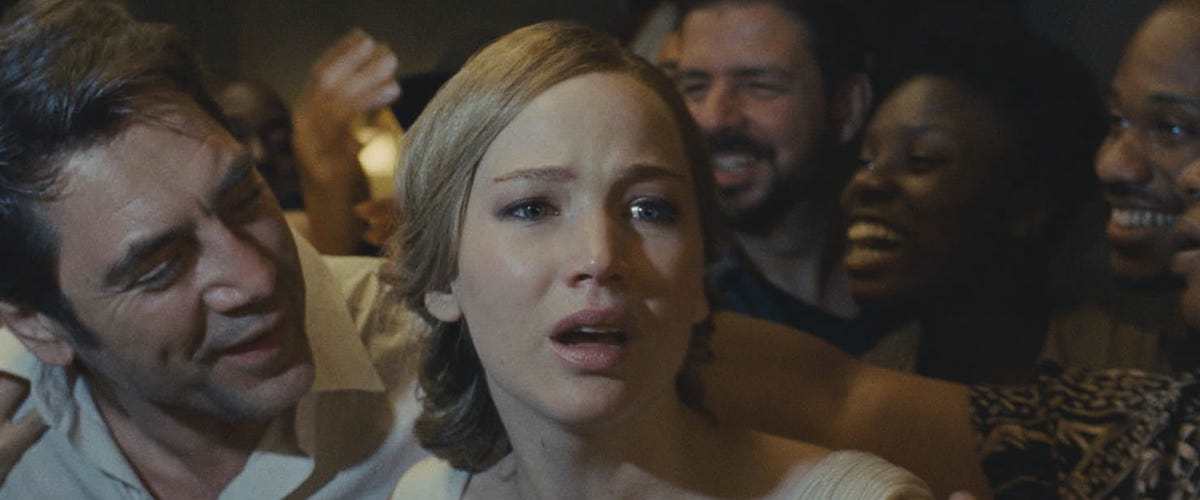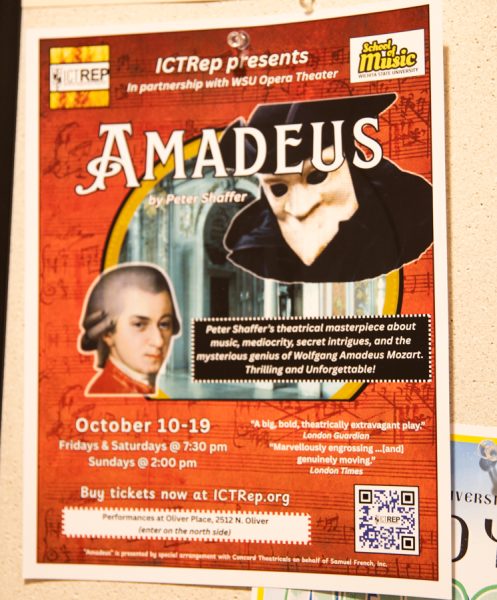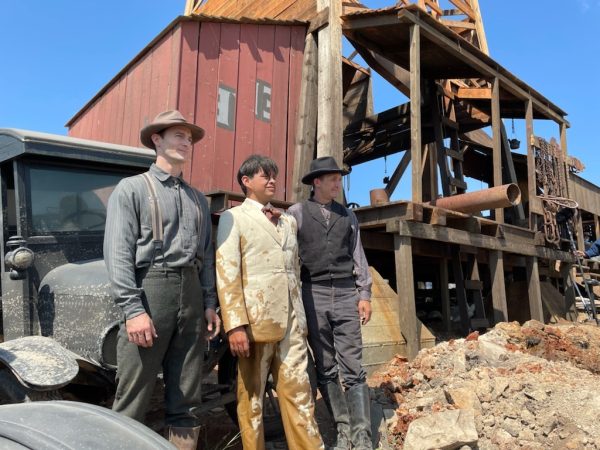Two hours of tension, wrapped in allegory: Don’t miss ‘Mother!’
To summarize “Mother!,” Darren Aronofsky’s latest opus, would be doing it a great disservice. It’s not that it’s necessarily a film that defies explanation. It’s a film that doesn’t want one.
Most of the film’s narrative power lies in its ability to surprise and confound the audience, delivering a cinematic equivalent to sleight of hand. Part of this phenomenon can be chalked up to misleading marketing, but the rest of the narrative’s “surprises” are a result of Aronofsky’s deft filmmaking. While it isn’t all successful, “Mother!” is an artistic vision uncompromised for a modern audience — a rare feat in today’s blockbuster-laden movie climate.
“Mother!” follows an unnamed couple, played by Jennifer Lawrence and Javier Bardem, as they attempt to live an idyllic and pastoral life in the country. Jennifer Lawrence’s character spends her days renovating the house while Javier Bardem’s character, a struggling writer, attempts to revitalize his creative output. All of this is interrupted when a stranger, played by Ed Harris, shows up at the door seeking shelter for the night. More characters arrive, including Michelle Pfeiffer, who steals almost every scene she’s in in her tempting turn.
One could imagine the plot of “Mother!” spiraling out from these established premises, but Aronofsky doesn’t seem too interested in creating that kind of story. Instead, almost every plot point, image, and line of dialogue builds towards an overarching allegory that comments on almost every aspect of society.
Indeed, the last thirty minutes of the film is a blistering and exhausting trek through the perspective of Jennifer Lawrence’s character as she witnesses commentaries on everything from art to religion, from politics to environmentalism, and from worship to the act of creation. The film slowly morphs from something coherent and compartmentalized into the abstract expressionism found in a Pollock painting, where, instead of paints on a canvas, Aronofsky grafts images onto film. The effect might not resonate with all members of the audience — a woman in front of me at the theater announced as the credits rolled that it was the worst movie she had ever seen — but the viewer who acquiesces to the film’s demands will be rewarded.
Not every aspect of this allegory is successful, and by the end of the film, I was among those exhausted-but-enthralled members in the audience. Allegory tends to only work when used sparingly, and the amount of allegory in “Mother!” overshadows the actual narrative of the film itself. Characters exist only as stand-ins or symbols, and any attempt at emotional resonance or exploration is sacrificed in pursuit of the message.
Herein lies the problem with stories prioritizing allegory over narrative: They become a slave to the concept, not the story itself. Since everything in “Mother!” points towards this message that Aronofsky so desperately wants you to understand, every other aspect of the film seems to be less important. That isn’t to say that the film is poorly-made. On the contrary, Jennifer Lawrence and Javier Bardem excel in their roles, and the claustrophobic camerawork does a phenomenal job of capturing the headspace that Lawrence’s character inhabits. However, all of this plays second fiddle to the allegory.
When George Orwell wrote “Animal Farm,” I imagine he wanted to explicitly capture the ideals and pitfalls of the Russian Revolution and the Communist system of government within the pages of his novella. In fact, almost every detail within the work points to fulfilling that goal. Aronofsky, in filming “Mother!,” must have had the same intent and drive to convey his own allegory (which I will not spoil).
These intentions create narrative black holes, disappearing important plot details. Whether that makes for a convincing narrative is up to each individual viewer, but the end product’s intentions cannot be disputed. What can be said is that “Mother!” is two hours of tension, wrapped in allegory, delivered to an unsuspecting audience in the hopes of making a comment or two — or more — on the state of humanity in the twenty-first century.
It is an exhausting film — one that grinds nerves down to nubs — but one that ultimately doesn’t cater or bend to, or really even care about, what the audience thinks, and that alone is an idea worth celebrating.













